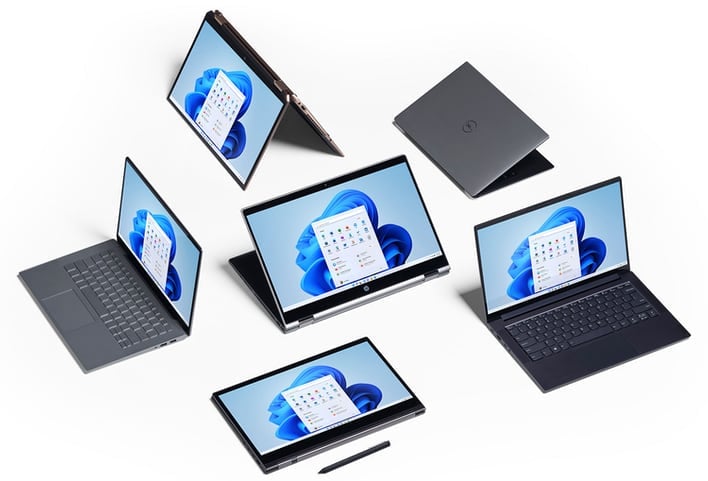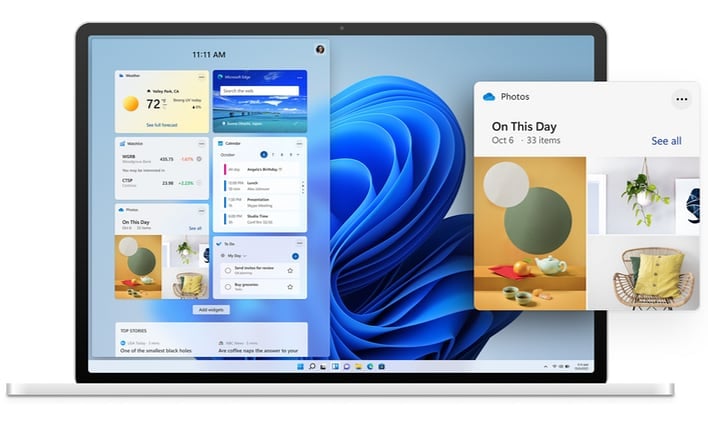Windows 11 Adds Dynamic Refresh Rate To Boost Your Laptop's Battery Life

Microsoft added Dynamic Refresh Rate (DRR) to Windows 11, which allows the operating system to automatically switch to a lower refresh rate based on what you're currently doing on your PC. For example, Microsoft says that a 120Hz refresh rate is ideal for inking and scrolling; hence Windows 11 would dynamically shift to this higher state in supported apps. However, if you're staring at or interacting with a primarily static screen, Windows 11 could automatically select a lower refresh rate of 60Hz to reduce power consumption.

"This helps to balance performance and power consumption. For example, with a Dynamic (60 Hz or 120 Hz) mode, your display will refresh at 60 Hz for everyday productivity tasks, such as email, writing a document, and so forth to conserve battery life," explains Microsoft regarding the benefits of DRR. "It will then seamlessly switch to 120 Hz for tasks such as inking and scrolling, to provide a smoother and more responsive experience."
At this time, the DRR mode is limited to the following supported apps in Windows 11:
- Smoother inking: Microsoft Office, Microsoft Edge, Microsoft Whiteboard, Microsoft Photos, Snip & Sketch, Drawboard PDF, Microsoft Sticky Notes, Adobe Acrobat, Adobe Illustrator, Microsoft To Do, Inkodo
- Smoother scrolling: Microsoft Office
Customers will need a laptop that supports Windows 11's minimum system requirements and join the Windows Insider program to get the latest pre-release operating system build. Your laptop will also, of course, need to feature a display that supports 120Hz or higher refresh rates with WDDM 3.0 compatible graphics drivers.

